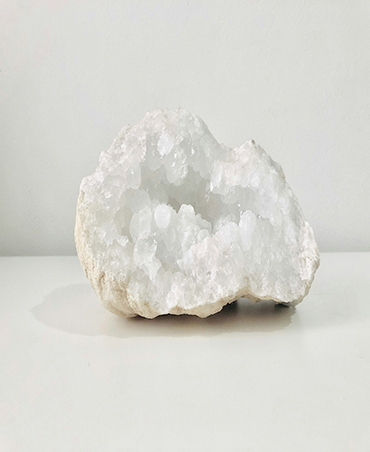


Quartz is the most abundant and most common mineral on the Earth. It is found in almost every geological environment and also it is at least a component of almost every rock type. It has a hexagonal crystal structure and is made of trigonal crystallized silica. It is most varied in terms of varieties, colors and forms.tle.
The most important distinction between the types of quartz is that one is of macrocrystalline, which is individual crystal visible to the unaided eye, and the other is microcrystalline or cryptodrystalline varieties, aggregates of crystals visible only under high magnification.
Chalcedony is the generic term for cryptocrystalline quartz. The transparent variety tends to be macrocrystalline and the cryptocrystalline varieties are either translucent or mostly opaque.
Feldspar is generally used for Ceramics, Glass, Electrodes.
The glass and ceramic industries are the major consumers of feldspar and account for 95% of the total consumption
Standard Packing available in 50 kg. HDPE bags & 1 or 1.25 mt Jumbo bags with liner inside, or as per customer requirements.
| PROPERTY NAME | PROPERTY |
|---|---|
| Color | Clear (in pure form) |
| Crystal habit | 6-sided prism ending in 6-sided pyramid (typical) |
| Crystal system | Trigonal |
| Cleavage | None |
| Fracture | Conchoidal |
| Mohs scale hardness | 7 - lower in impure varieties |
| Luster | Vitreous |
| Refractive index | 1.544-1.553 - Dr +0.009 (B-G interval) |
| Streak | White |
| Specific gravity | 2.65 constant; variable in impure varieties |
| Melting point | 1650 (±75) 0C |
| Boiling point | 2230 0C |
| Solubility | H2O insoluble |